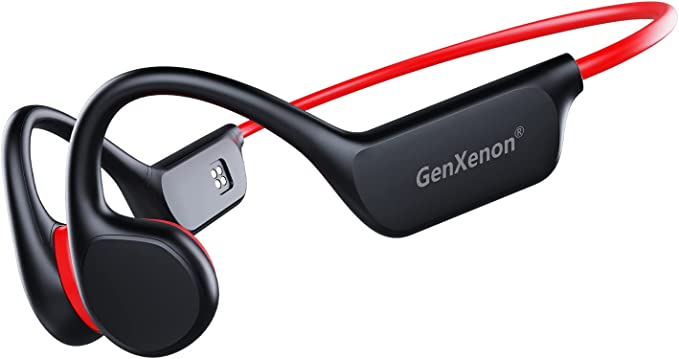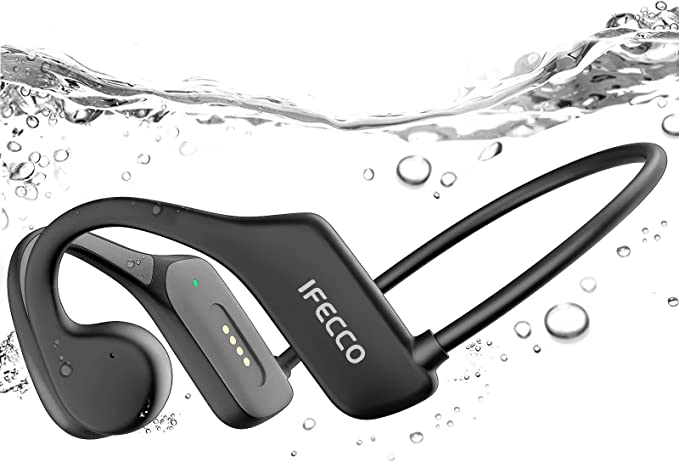The 7-Pound Lie: Why Tool Balance and Ergonomics Matter More Than Weight
Update on Oct. 25, 2025, 5:41 p.m.
You’re shopping for a new hedge trimmer. You pick one up, and the box proudly states “Only 6.9 Pounds!” You think, “That’s light. I can handle that.”
Twenty minutes into trimming the side of your hedges, your back is aching, your shoulders are on fire, and that “light” 7-pound tool feels like it weighs 30 pounds.
This isn’t a lie; it’s physics. The single most overlooked aspect of tool design isn’t power or battery life—it’s ergonomics. The difference between working in comfort and stopping in pain often comes down to balance, handles, and vibration.

Biomechanics 101: The 7-Pound Lever
Here’s the problem: you are not just holding 6.9 pounds. You are supporting it at the end of a long lever.
Think about it: * The Fulcrum (Pivot): Your shoulder and lower back. * The Load: The 6.9-pound tool (like the LHT2436), with its weight centered somewhere along its 24-inch blade. * The Effort: Your arm and back muscles.
When you hold a 7-pound object close to your chest, it’s easy. When you hold that same 7-pound object three feet away from your body (as you do when trimming), the torque on your spine and shoulders is magnified exponentially.
This is why a tool’s balance is far more important than its absolute weight.
A poorly balanced 6-pound tool, with all its weight at the blade end, will feel significantly heavier and cause more fatigue than a well-balanced 8-pound tool, whose weight is centered close to the handle and your body.
The Science of the Handle
Even a perfectly balanced tool can be exhausting if it forces your body into awkward positions. This is where handle design becomes the most critical ergonomic feature. Hedges require two distinct motions: horizontal (trimming the top) and vertical (trimming the sides).
- The Problem with Vertical Trimming: With a simple “D” shaped front handle, trimming vertically forces you to bend your wrist at an unnatural 90-degree angle. Holding this position puts immense strain on your forearm and elbow.
- The “Wrap-Around” Solution: A wrap-around front handle, like the one found on the LHT2436, is an elegant solution. This design allows you to change your grip, keeping your hand, wrist, and elbow aligned in a neutral, comfortable position whether you are cutting horizontally or vertically. This single feature can be the difference between finishing the job and stopping from discomfort.

“Micro-Ergonomics” That Add Up
Finally, it’s the small details that combine to reduce cumulative fatigue: * Soft Grips: These aren’t just for comfort. Grips made of a soft material (like TPE) do two things: they increase friction (so you don’t have to grip as tightly) and they dampen micro-vibrations. * Full-Length Triggers: A long trigger allows you to activate the tool from multiple grip positions, reducing strain on a single finger. * Low Vibration: As discussed in our article on blade science, a dual-action blade system cancels out its own inertial forces. This reduction in vibration isn’t just a comfort feature; it’s a key ergonomic design that saves your joints.
Next time you shop for a tool, don’t just read the weight on the box. Pick it up. Hold it out. Mimic the motion of trimming. Is the weight near your body, or far away? Can you comfortably hold it vertically? Your shoulders and back will thank you for it.





























